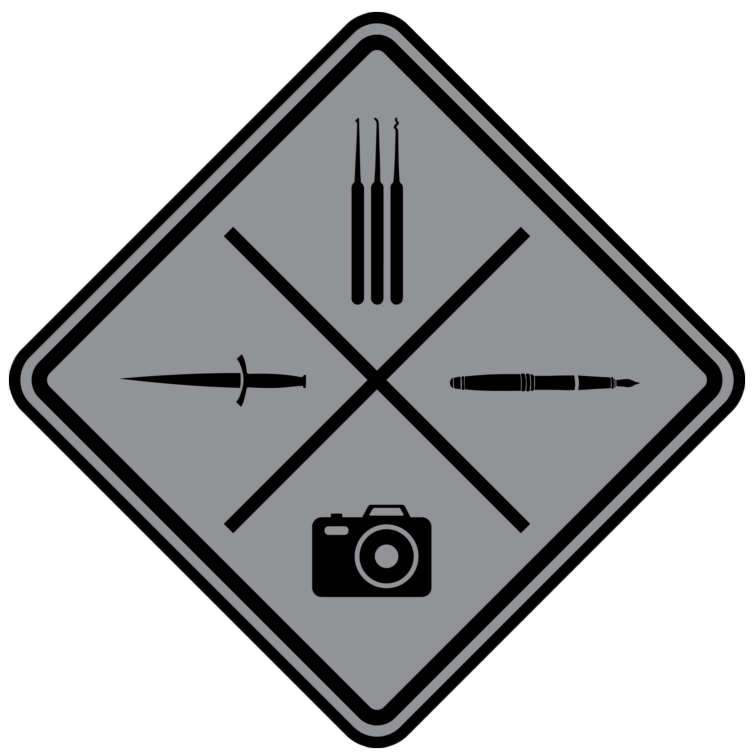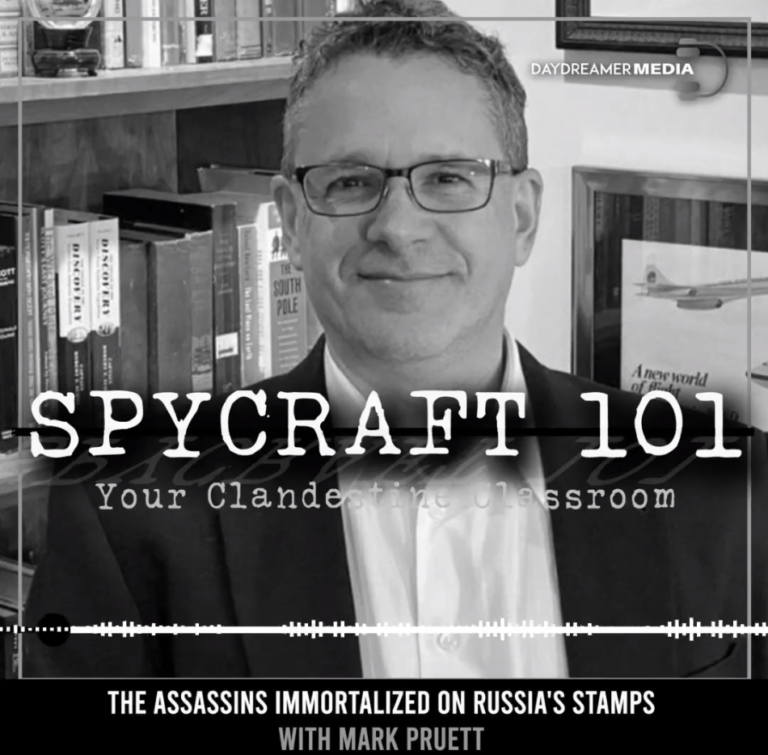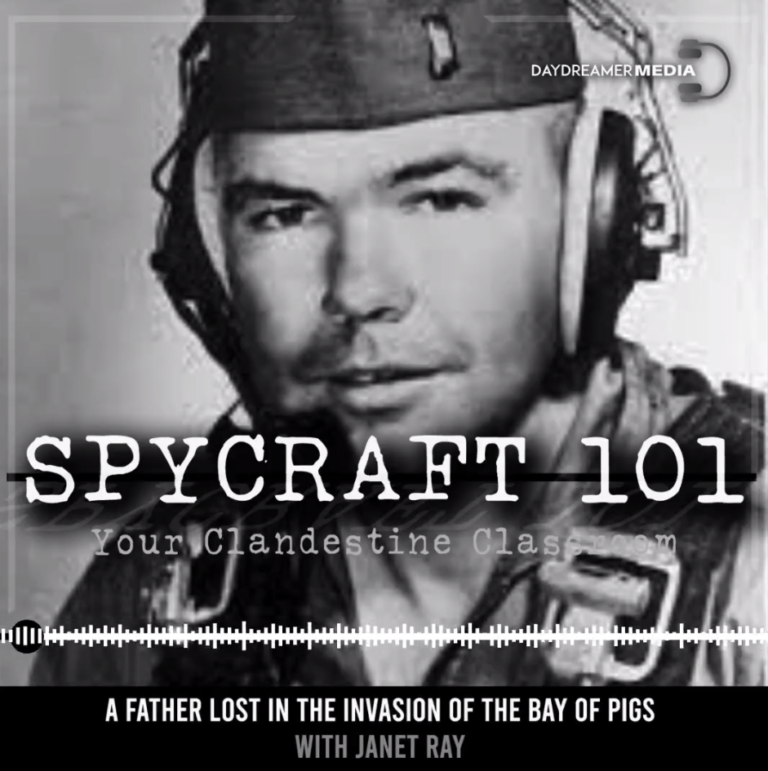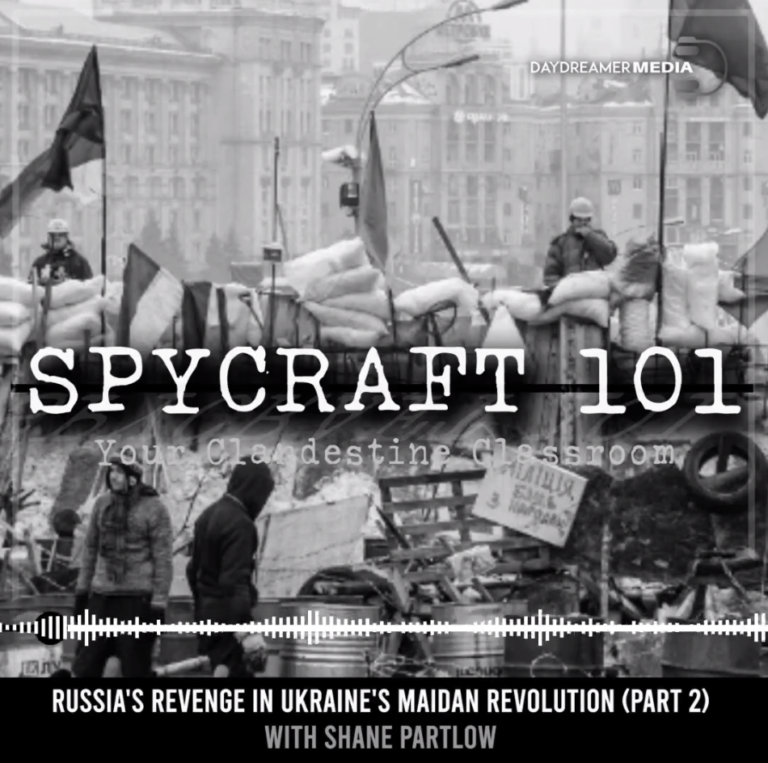A U-2C reconnaissance aircraft known as Article 360 was shot down on May 1st, 1960 over the Soviet Union. The pilot, a former US Air officer named Gary Francis Powers was transferred to the CIA for this role. On the U-2’s 26th high-altitude overflight of the Soviet Union, its luck finally ran out. A volley of 14 SA-2B Guideline anti-aircraft missiles were fired at the U-2, as MiG-19 fighters climbed aloft in a forlorn attempt to intercept it. One of the Guideline missiles detonated close enough to Powers’ jet to send it spiraling to the ground; another inadvertently took out one of the pursuing MiG-19s, killing the pilot, Lieutenant Sergei Safronov.
Powers parachuted safely to the ground but was captured immediately. The wreckage of his aircraft was seized and eventually put on display at a museum in Moscow. His equipment, including a High Standard Model HD MS suppressed pistol and a silver dollar containing a poisoned pin were also put on display. Powers himself was interrogated for weeks, then put on trial and sentenced to prison. He was traded back to the US in exchange for convicted Soviet spy Rudolf Abel at the Glieneke Bridge in 1962 in the famed Bridge of Spies event.
Powers’ mission was one of the defining moments of the Cold War, but it was far from the only significant reconnaissance mission of the era. For episode 22 of the Spycraft 101 podcast I spoke with Robert Hopkins the III, a retired USAF pilot and the author of Spyflights and Overflights: US Strategic Aerial Reconnaissance 1945-1960. We discuss the risks and rewards of these dangerous missions; the men who died and disappeared in secret, and Robert’s own experiences as a recon pilot during the Cold War, witnessing ballistic missile tests and a possible Soviet superweapon now known only as the Dome of Light.



